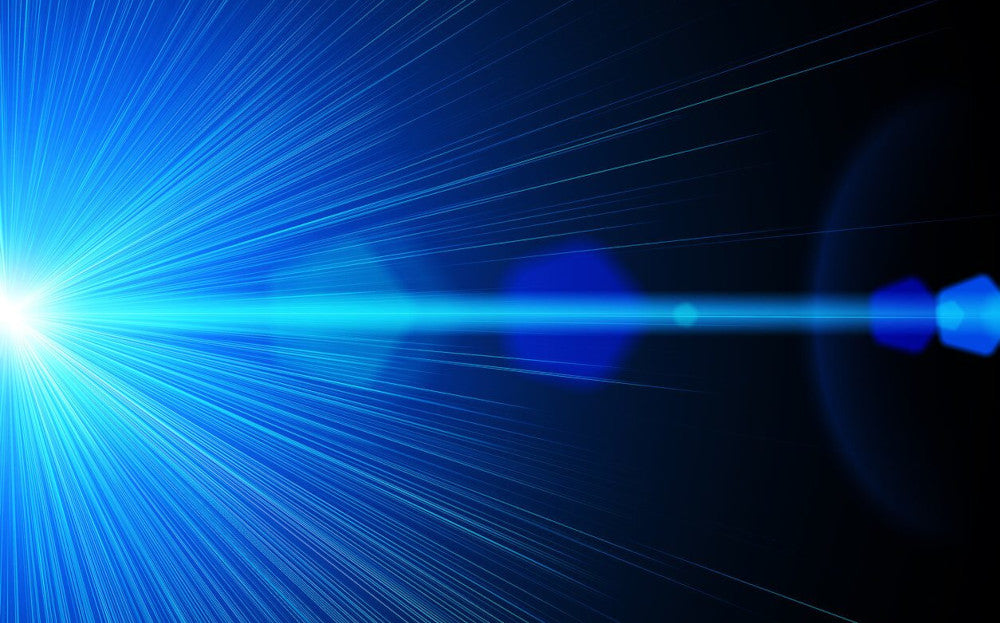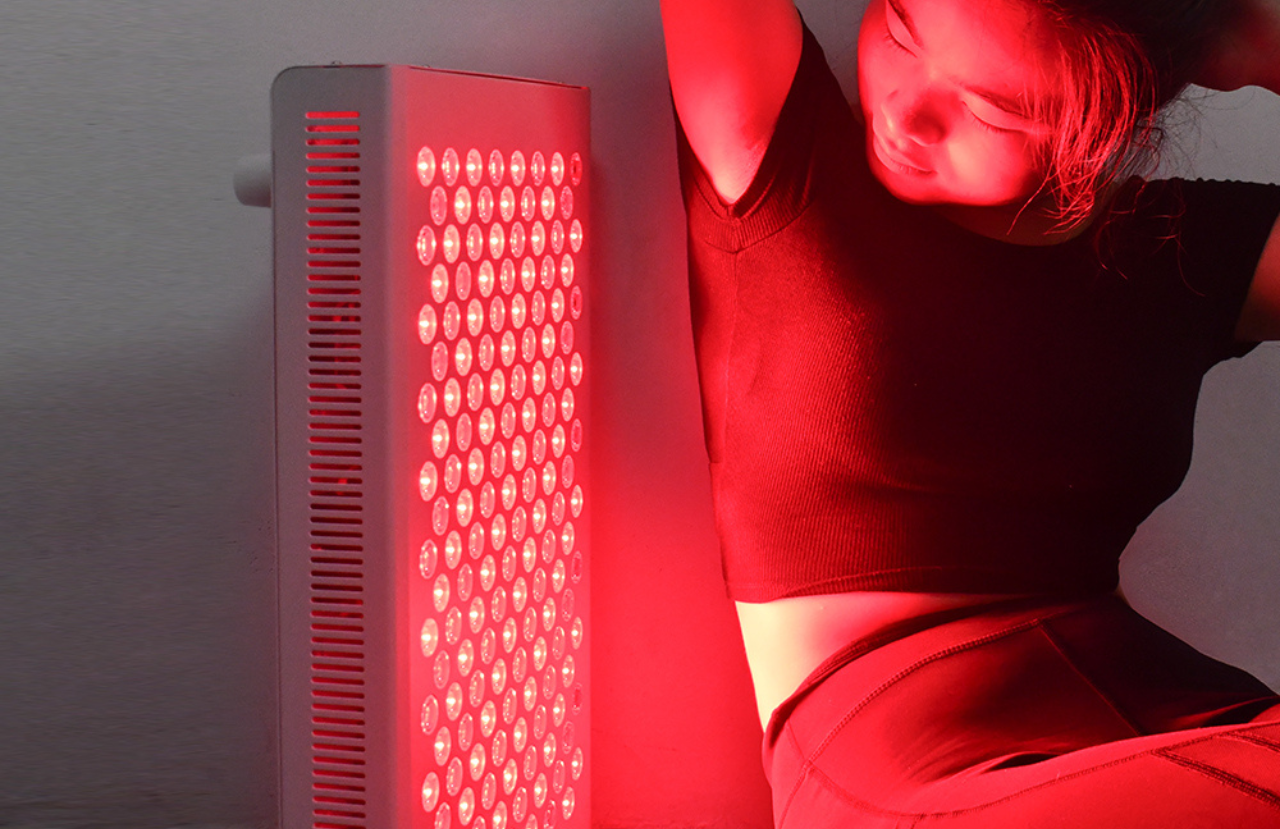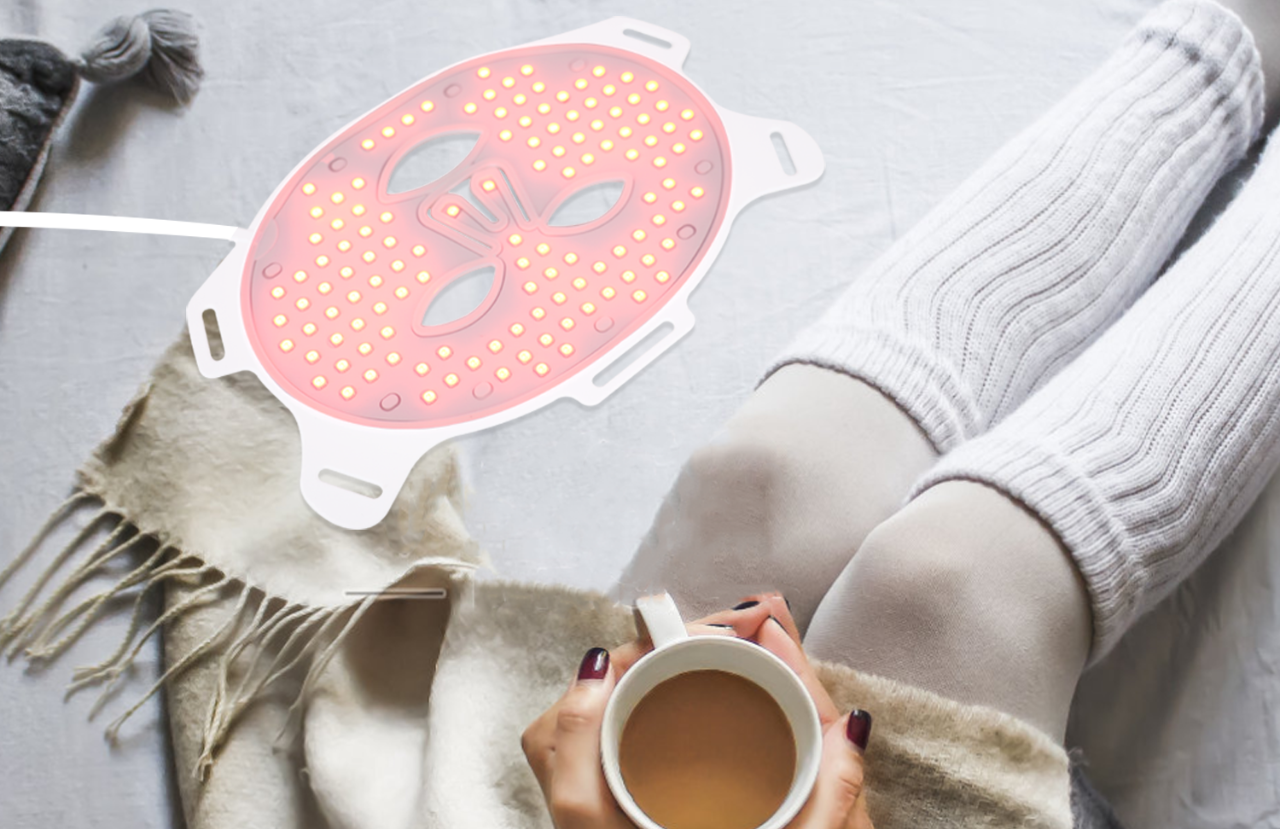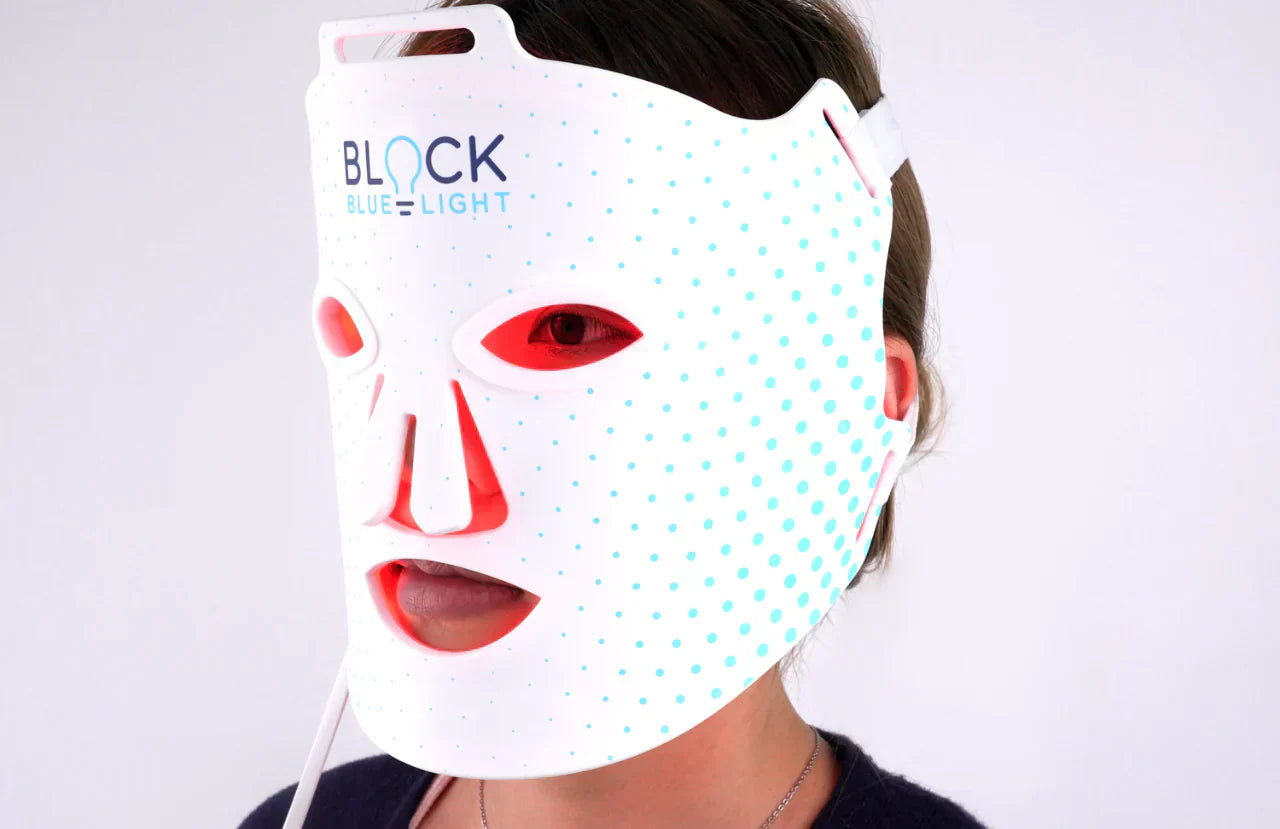The terms HEV light and HEV light glasses have been thrown around a lot recently.
But is HEV light as scary as they make it sound? Do you need HEV glasses aka Blue Light Glasses or are they just a gimmick?
Continue reading this science-backed article which explains the facts behind all things HEV light and your eyes, and make your decision yourself!
What is High Energy Visible Light?
High energy visible light is light that has high energy and high frequency. It lies in the spectrum of 450-500 nanometres. High frequency means that the wavelengths are shorter and therefore they carry more energy.

High Energy Visible Light (HEV) Light is present in sunlight. The sun bathes us in daily light which includes radio waves, microwaves and gamma waves. We can’t see most of the waves passing through space- only the wavelengths in the visible spectrum, between 380-700 nanometres. Our human eyes can see this light as it bounces off objects, which is how we see different colours.
This visible spectrum of light ranges from red to violet (just like the spectrum of the rainbow!)
Within this spectrum, the 400-500 nanometre range vibrates which the highest energy and is therefore called High Energy Visible Light.
This range is also called blue light, because, well, it’s visibly blue!

There couldn’t be anything more natural than blue light- blue coloured objects emit blue rays and even the sky is blue. The reason the sky is blue is because of the same characteristics of HEV light.
It’s often thought that the sky is blue because it reflects the sea when in reality, it's due to the sunlight scattering when it strikes the air in the earth’s atmosphere. Although the sun’s light has all the colours of the rainbow, blue light is scattered more easily because of its shorter wavelength. As a result, it’s the blue light that dominates the sky, changing its appearance.
At sunset and sunrise, however, due to the sun’s positioning, red, yellow and orange lights are scattered too. Because the sun is lower on the horizon, the light has to pass through more air molecules, which completely scatter the blue light from our eyes. This lets the longer wavelength colours pass through. Good for us, because we get to see beautiful sunrises and sunsets! (2)
High Energy Visible Light glasses work on the same concept- by filtering or scattering the high energy light rays before they reach your eyes.
HEV light is not only present in the sun’s rays-it is also emitted by digital devices such as phones, laptops and also by LED lighting (tube lights, bulbs, etc).
What’s the difference between blue light and HEV light?
There is no difference between blue light and HEV light. Both these terms refer to light that lies in the range of 480-500 nanometers.
This range of wavelengths is high energy and can harm the eyes and health. Most of this light is actually blue, but it also includes a short range of turquoise light. Recent research has shown that although turquoise light is often disregarded and blue light is considered the main culprit, the 500-550 nm range of turquoise light, has a similar effect to blue light.
What does HEV light do?
High Energy Visible Light or blue light has gotten a bad rep in the media for being harmful to health. However, you might be surprised to know that High Energy Visible light, from the sun, is not only harmless to health but is actually needed by our bodies to function correctly! HEV light tells our brain when it’s daytime and night, so it can perform its duties accordingly.
HEV from sunlight helps to;
- regulate our circadian rhythm (our sleep/wake cycle),
- Regulate digestion cycle and
- Manage alertness levels throughout the day
- Regulate our mood

HEV light wasn’t a cause for concern until 2008 when LED lights became popular in schools, offices and hospitals. That was when manufacturers discovered that LED lighting technology could produce strong light efficiently. LED lighting also took little space so it became popular in digital devices. Now that HEV light is present everywhere, most of us are exposed to high levels of it all day long, without realising it. We’re also exposed to HEV light at night when naturally our bodies should have no exposure to it at all.
What are the harms of HEV Light?
HEV light from artificial sources in excess quantities affects the human body in many ways- disturbing sleep patterns and damaging the eyes, including digital eye strain and diseases such as macular degeneration.
How does HEV Light Affect Sleep?
HEV light tells the brain when it’s daytime and when it’s time to sleep. So going out in the sun during the day tells your brain to wake up and make you alert. This way, when night comes, your brain will know it’s time to shut down and sleep. A study published in the Sleep Health Journal found that office workers whose workplace environments received high levels of sunlight in the daytime fell asleep quicker, had increased sleep quality and reduced depression. (3)

But just as not having enough HEV light during the day will decrease your chances of having a good night’s sleep, so does exposure to HEV light at night disturb your sleep. This is because our circadian rhythm was developed in tune with sunrise and sunset.
After sunset, since there’s no sun to produce HEV light, even the smallest exposure to LED lights and screens upsets our circadian rhythm and ruins our prospects of sound sleep. To counteract the effects of untimely HEV light exposure, use non-LED lighting after sunset, reduce screen time or wear HEV light glasses.
How does HEV Light affect eyes?
HEV light commonly causes digital eye strain and in extreme cases can damage the retina or lead to age-related macular degeneration.
Using screens for long can cause discomfort- blurry vision, watery eyes, dry eyes, eye ache, and headaches. This is called ‘digital eyestrain’ or ‘computer vision syndrome.’ Digital eyestrain is also worsened because when looking at screens, we tend to blink less often. Normally we blink around 15 times per minute but this ‘blink rate’ is cut in half when staring at screens. To protect yourself from digital eye strain, take breaks after every 15-20 minutes, reduce screen time or wear HEV light glasses which enable you to work with screens for long periods without getting eye strain.
Aside from the common digital eye strain, which affects 50% of computer users, HEV light can also damage the retina. The severity of the damage depends on the wavelength of light (wavelength from 400-550nm is the most damaging). Unlike digital eye strain, which develops after prolonged use, a 2018 study found that even exposure of a few minutes to HEV light can damage the retina in some cases. The same study found that reducing the HEV component of light also reduced the risk of retina damage. (4)

Research has also shown a link between HEV light and macular degeneration, a disease of the retina. Macular degeneration is a disease that causes blind spots or loss of central vision. It often affects older adults, in which case it is called age-related macular degeneration. Studies have found that HEV light triggers the photoreceptor cells in the eyes to release toxic molecules which can lead to age-related macular degeneration. (5)
How Can I Protect my Eyes From HEV Light?
You can minimize artificial HEV light exposure by;
- Reducing screen time
- Wearing HEV Light Glasses
- Replacing regular LEDs with HEV-free lighting, at least after sunset
- Using HEV-light blocking phone filters
Will HEV Light Glasses Help Protect my Eyes?
If used correctly, HEV light glasses mimic the natural patterns of light exposure to improve your sleep and minimize damage to your eyes. There are 2 types of HEV light glasses;
Daytime HEV Light glasses
These are either clear-lens glasses or have a yellow tint.
Our Clear-lens glasses filter the damaging wavelengths of 400-455nm by 50%, without compromising on vision. This intensity is the right level to allow exposure to natural levels of HEV light while filtering the excess and damaging wavelengths.

While yellow-tinted glasses block 100% of most damaging blue light from 400-455nm. These are ideal for people who are light-sensitive, on screens all day, regularly suffer from eye strain, or are prone to low moods

Night-time HEV Light glasses
These glasses have either a deep-orange tinted or a red tint.
Orange-tinted glasses are best worn in the evening, or 2-3 hours before bed. They block 100% of blue light from 400-500 nm.

Red-tinted glasses are used at night- they block 100% of blue light along with 100% of green light up to 550nm (which includes green light). These are the rolls Royce of Night-time lenses!

Keep in mind that wearing the wrong type of HEV light glasses, or glasses that don’t target the problematic wavelengths will have no effect on improving your health. It’s important that you wear glasses targeted to your need. Many cheap retailers don’t know which wavelengths their glasses are filtering, and by which percentage! All of BlockBlueLight’s glasses are makde in an optical lab and designed to work with your body by targeting and filtering the problematic wavelengths in each scenario.
Secondly, for proof that your glasses work, check the ‘spectrum report.’ of the glasses which shows a graph of the wavelengths blocked by the pair. This is proof that the right wavelengths are being filtered. Every pair of our glasses is tested by a lab-grade spectrophotometer.
References:
Figueiro, M. G., Steverson, B., Heerwagen, J., Kampschroer, K., Hunter, C. M., Gonzales, K., Plitnick, B., & Rea, M. S. (2017). The impact of daytime light exposures on sleep and mood in office workers. Sleep Health, 3(3), 204–215. https://doi.org/10.1016/j.sleh.2017.03.005
Ultra-violet and Blue Light Worsen Macular Degeneration - AMDF. (n.d.). American Macular Degeneration Foundation. https://www.macular.org/ultra-violet-and-blue-light#:~:text=Harmful%20Effects%20of%20Ultra-violet,related%20macular%20degeneration%20(AMD).
Vicente-Tejedor, J., Marchena, M., Ramírez, L., García-Ayuso, D., Gómez-Vicente, V., Sánchez-Ramos, C., de la Villa, P., & Germain, F. (2018). Removal of the blue component of light significantly decreases retinal damage after high intensity exposure. PLOS ONE, 13(3), Article e0194218. https://doi.org/10.1371/journal.pone.0194218
What Determines Sky's Colors At Sunrise And Sunset? (n.d.). ScienceDaily. https://www.sciencedaily.com/releases/2007/11/071108135522.htm
Why is the sky blue? (n.d.). BBC Science Focus Magazine. https://www.sciencefocus.com/nature/why-is-the-sky-blue/





